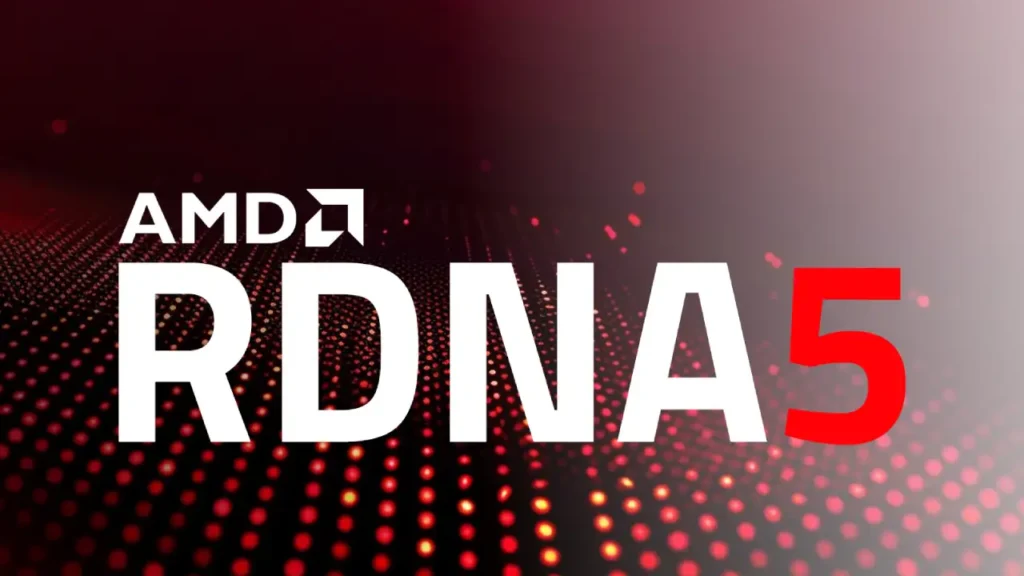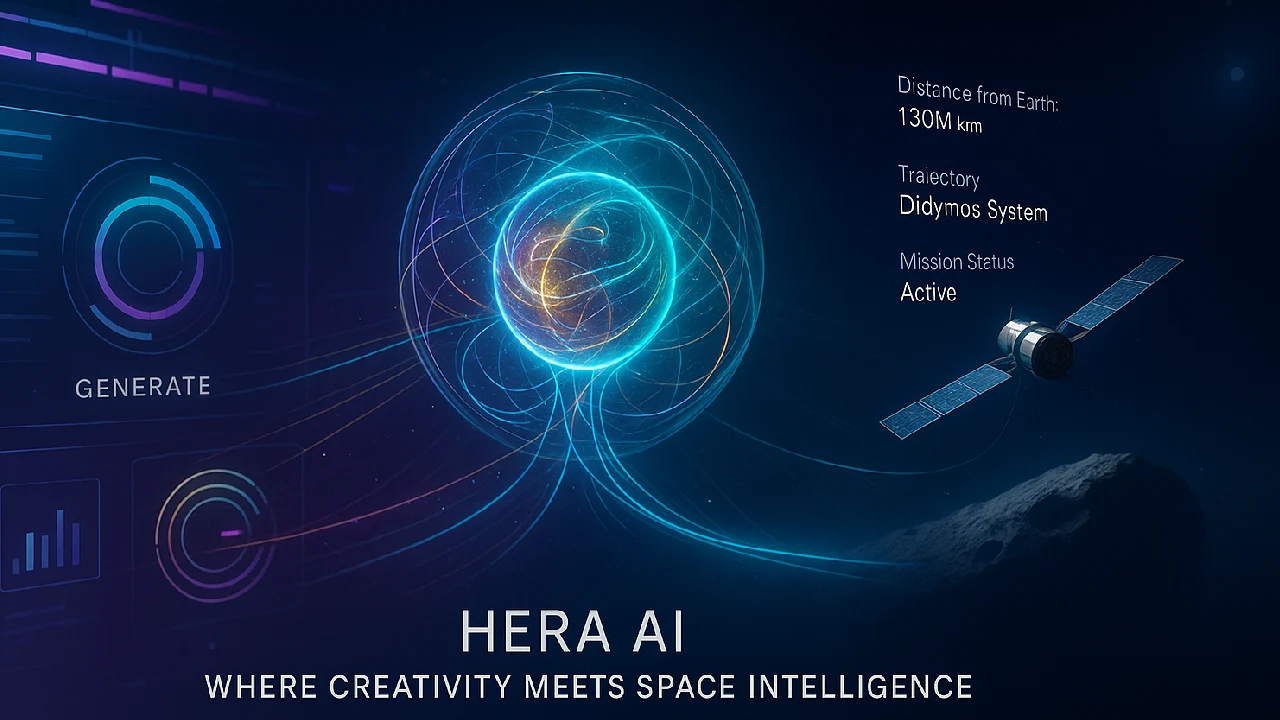AMD is getting ready for a big comeback in the high-end GPU market AMD RDNA 5, which is also known as UDNA, is the core of its next-generation graphics design. After RDNA 4, which was aimed at mid-range users, RDNA 5 is meant to be a big deal in terms of both style and performance.
RDNA 5 isn’t just an update; it’s a full redesign of the architecture. It could power future flagship Radeon cards and run the PlayStation 6 and the next Xbox.

This blog post will talk about what RDNA 5 is, how it stacks up against Nvidia’s best GPUs, and why AMD’s new strategy could change the way graphics cards are made.
What is RDNA 5 (UDNA)?
AMD’s next GPU architecture, AMD RDNA 5 (also known as UDNA), will power the Radeon RX 10000 series and the next generation of game consoles. RDNA 5 is a thorough architectural revamp, unlike RDNA 4, which didn’t have a genuine flagship. It’s similar in impact to AMD’s Zen CPU revolution.
Key goals of AMD RDNA 5:
- Re-enter the high-end GPU race
- Deliver breakthrough ray tracing performance
- Offer increased rasterization power and efficiency
- Compete directly with Nvidia’s RTX 5080 and 6080 GPUs
Key Features and Advancements
1. Complete Redesign for Performance
AMD RDNA 5 won’t just tweak what came before—it’s a ground-up rebuild. AMD is rethinking how its GPUs process data, manage memory, and scale performance across gaming and professional workloads.
2. Increased Compute Units (CUs)
Leaked configurations suggest AMD is testing:
- 96 CUs + 384-bit memory bus
- 64 CUs + 256-bit memory bus
- 32 CUs + 128-bit memory bus
If the 96 CU model becomes the flagship, it will represent a 50% increase over RDNA 4’s top model, the RX 9070 XT.
3. GDDR7 Memory Support
To handle demanding AAA titles and 4K/8K gaming:
- AMD RDNA 5 is expected to use GDDR7 memory, improving bandwidth significantly.
- May feature chiplet designs for better power and cost management.
4. Massive Ray Tracing Boost
Ray tracing, previously AMD’s weak spot, is a major focus:
- Double the ray tracing performance vs. RDNA 4
- Competing more closely with Nvidia’s RTX ray tracing cores
5. Focus on Efficiency and Bandwidth
Thanks to architectural optimization and GDDR7, AMD RDNA 5 promises:
- Higher frames per watt
- Better thermal management
- Smoother performance in real-world applications
How AMD RDNA 5 Compares to Nvidia (RDNA 5 vs RTX 5080)
| Feature | RDNA 5 (UDNA) | RTX 5080 (Expected) |
|---|---|---|
| Launch Window | H2 2026 | Mid-2025 |
| Compute Units | Up to 96 CUs | Approx. 80 SMs |
| Memory Type | GDDR7 | GDDR7 |
| Ray Tracing Performance | 2× RDNA 4 | Mature & Industry-Leading |
| Chip Design | Likely Chiplet | Monolithic (for now) |
| Target Resolution | 4K / 8K | 4K / 8K |
| Target Market | Enthusiasts, Creators, Consoles | Enthusiasts, Creators, Gamers |
Note: Specs are based on rumors and early leaks.
AMD RDNA 5 may compete with RTX 5080, but Nvidia’s RTX 6000 series may already be on the market when RDNA 5 comes out. This means that AMD needs to dazzle not only with raw power but also with sensible pricing and availability.
Pros and Cons
Pros:
- Major performance leap over RDNA 4
- Focus on ray tracing, closing the Nvidia gap
- GDDR7 support for faster memory bandwidth
- Likely to power PlayStation 6 and next Xbox
- Possibility of a true high-end “halo” product
Cons:
- Launching late in 2026—may face Nvidia RTX 6000 series
- No confirmed details yet on pricing or power draw
- Unclear how scalable chiplet architecture will be in this gen
Real-World Impact & Strategy
At the level of very high-end GPUs, AMD has had a hard time competing. The RX 9000 series didn’t have a true leader, so Nvidia took that spot. As of AMD RDNA 5, the goal is clear: make a Radeon GPU that can finally compete with Nvidia’s best, and offer scalable SKUs for players, content creators, and console makers.
Potential benefits for AMD:
- Reclaim mindshare among enthusiast gamers
- Expand revenue via next-gen consoles
- Establish leadership in ray tracing and energy efficiency
Conclusion
It looks like AMD’s RDNA 5 designs (UDNA) will be a big step forward, not just a small change. The RDNA 5 is designed to immediately compete with Nvidia’s best cards, especially the RTX 5080. It has GDDR7 memory, more CUs, and a strong focus on ray tracing. It could be AMD’s successful return to the high-end GPU battlefield if it works.
If you’re a gamer waiting for a new Radeon or a console fan waiting for the PlayStation 6, RDNA 5 is a start you should keep an eye on.







